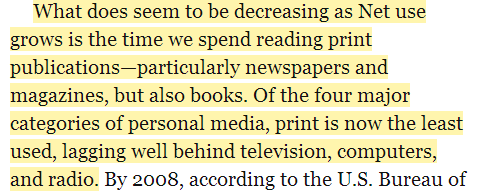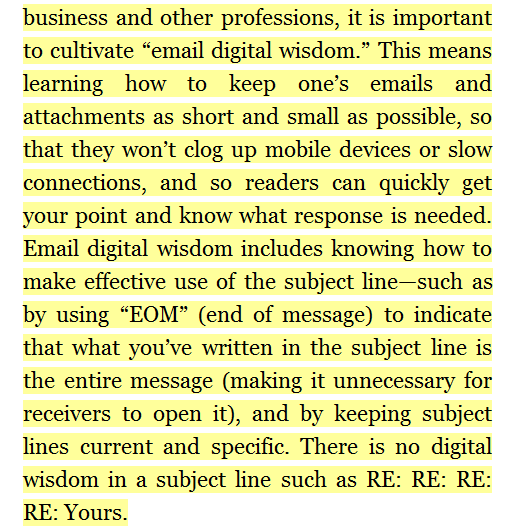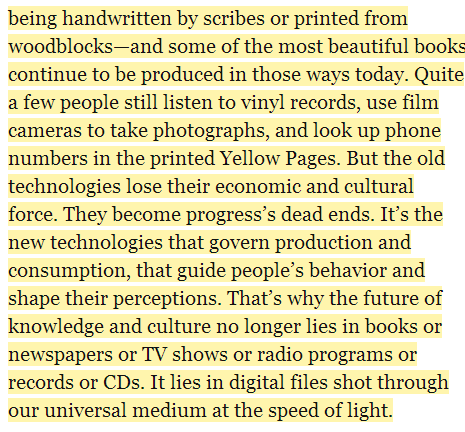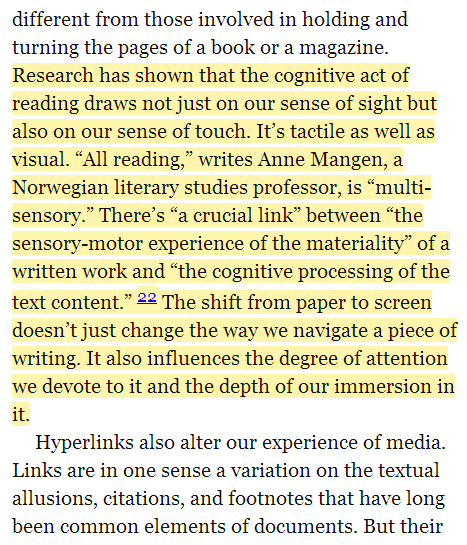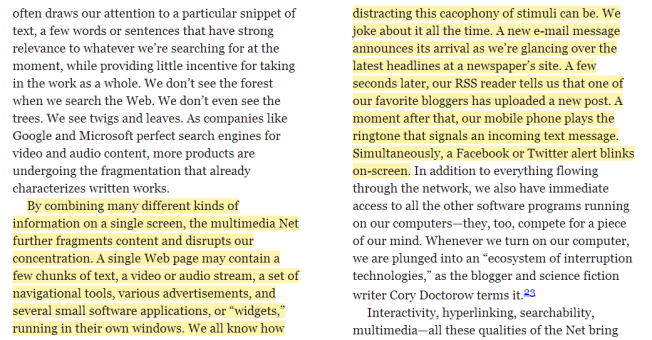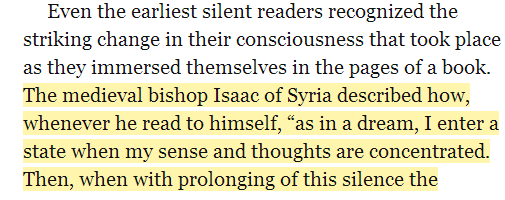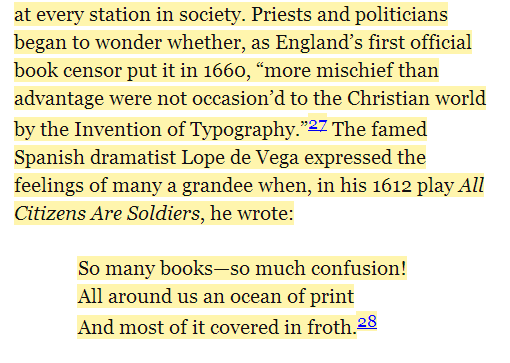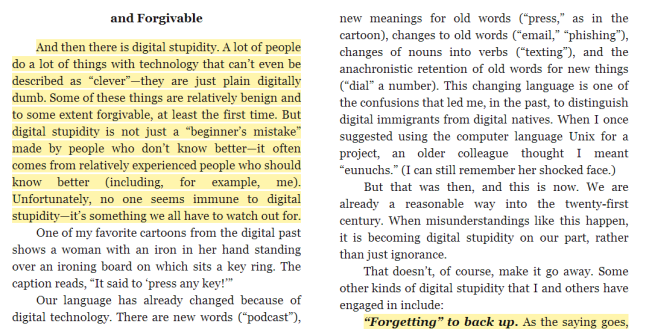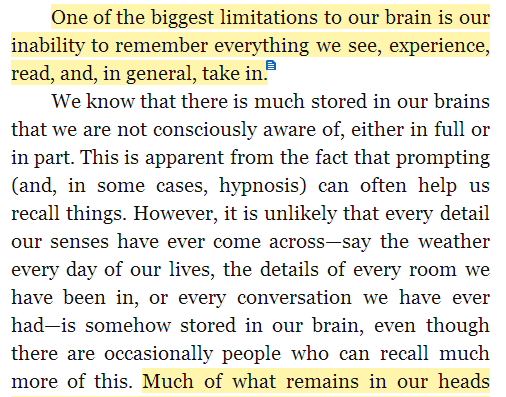Last week I went to a meeting at the Seattle Public Schools about Child Find. Child Find is the Seattle Public Schools obligation to find and evaluate children in private schools. This meeting was basically about a chunk of money that could go to the private schools for children who are not in IEPs, but who need more support than they are receiving. This money was referred to as equitable participation or proportionate share. We were at this meeting to help decide how the money would be spent. Students on an IEP cannot receive money from this fund. However, the student can be on a service plan or student accommodation plan.
An example of a child who would qualify for this proportionate share money would be someone who is evaluated by the public school and who qualifies for an IEP, but is not on one. A reason a child would not be put on an IEP, for example, is a situation in my school. We are a dual curriculum religious school. It is sometimes not worth it for the parent to choose to have their child sent to the public schools and miss out on some of the short amount of time the students have in general studies (since this would then defeat the purpose of a double dose of the subject) or the student might miss some of the religious studies, which the parents also don’t want. We (meaning a decision between the parents and teachers) often choose not put children on an IEP and send them to the public schools because it is not worth the time.
At this meeting we were asked to decide how we would use this money to support these students. One more important detail that played a part of our decision was that, if we have a student on an IEP and they are currently getting services from the public schools, we are to encourage the parents to keep their child on the IEP and not access this proportionate share money. The reason being they get more services through the IEP and the students are then being served through FAPE, which then requires us to service the student and move them forward. Where students on a service plan are not covered under FAPE and may receive services only once a week or not enough times to move them forward at the pace they deserve. And once this proportionate share money runs out for the year, and then it is gone. This is also the first year we have this money, so there is a lot of unknowns and we will just have to see how the decision we make works out.
We decided that a lump sum of the money would go towards equipment, such as FM systems. Then the rest of the money would go towards hiring tutors, particularly in reading. The tutors can be hired by the schools individually, but SPS would also provide a tutor that would come to each school for 1.5 hours a week. This was the proposal put together by the team that was at the meeting. It still needs to be approved. It was pretty cool to be a part of the decision making process that determines where and how a chunk of money is used to support our students.

